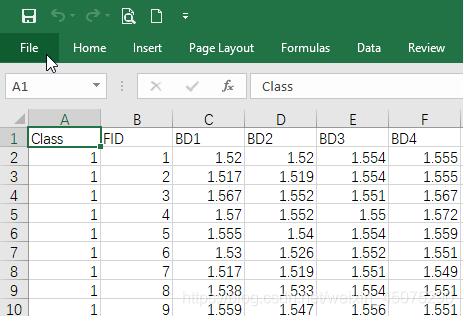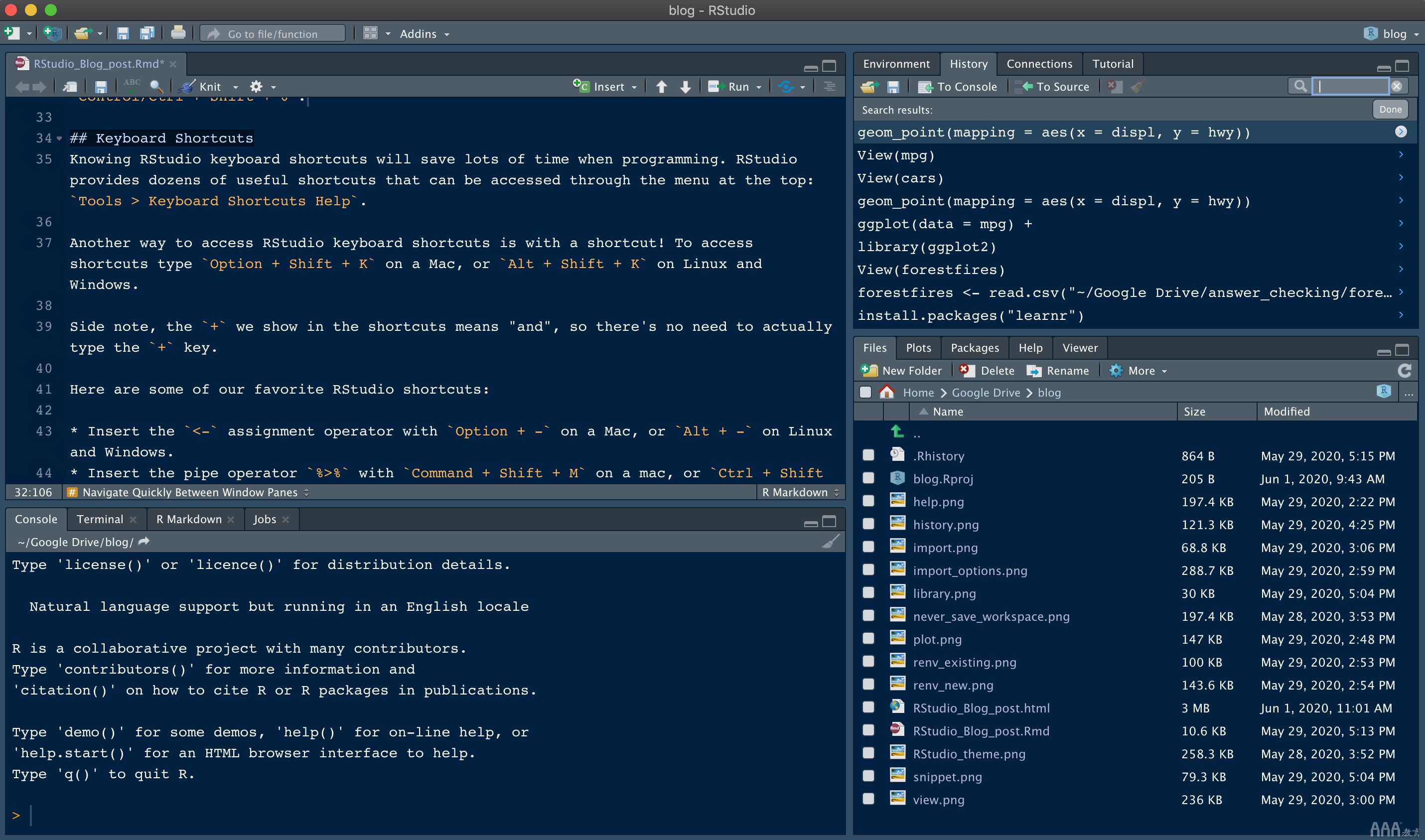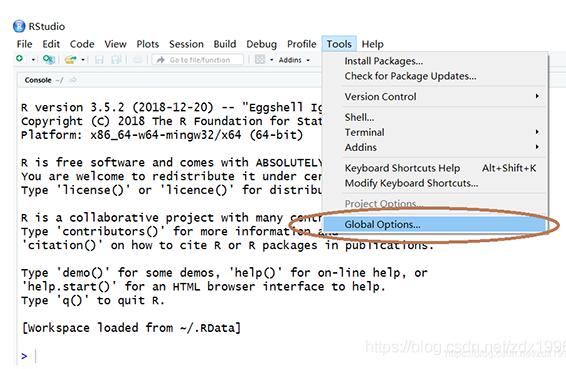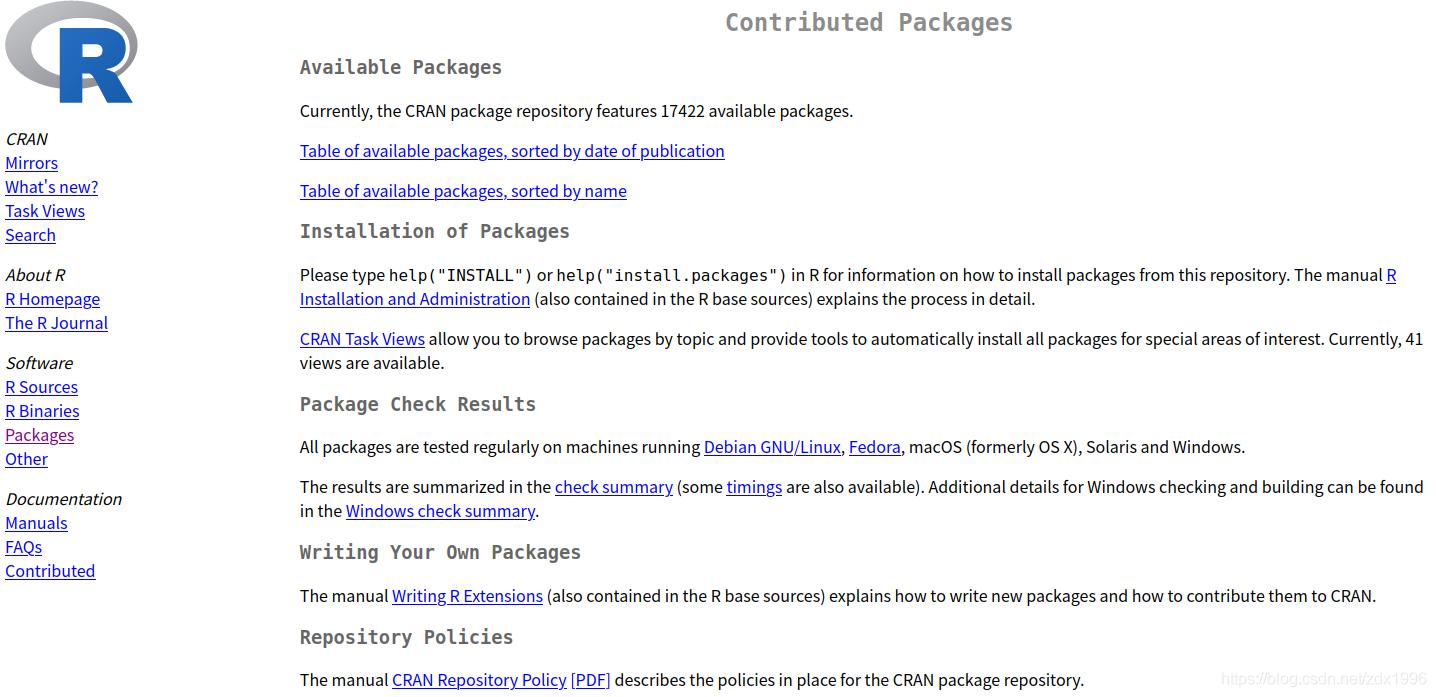当你声明一个map的时候:m := make(map[int]int)编译器会调用 runtime.makemap: // makemap implements a Go map creation make(map[k]v, hint) // If the compiler has determined that the map or the first bu...

当你声明一个map的时候:
m := make(map[int]int)编译器会调用 runtime.makemap:
- // makemap implements a Go map creation make(map[k]v, hint)
- // If the compiler has determined that the map or the first bucket
- // can be created on the stack, h and/or bucket may be non-nil.
- // If h != nil, the map can be created directly in h.
- // If bucket != nil, bucket can be used as the first bucket.
- func makemap(t *maptype, hint int64, h *hmap, bucket unsafe.Pointer) *hmap
所以实际上是返回一个hmap的指针。
如何验证呢?
- func main(){
- m := make(map[int]int)
- m[1] = 1
- fmt.Printf("原始map的内存地址是:%p\n", m)
- modify(m)
- fmt.Println("map值被修改了,新值为:", m)
- }
- func modify(m interface{}){
- fmt.Printf("函数里接收到map的内存地址是:%p\n", p)
- m := p.(map[int]int)
- m[1] = 2
- }
输出结果:
- 原始map的内存地址是:0xc00009e030
- 函数里接收到map的内存地址是:0xc00009e030
- map值被修改了,新值为: map[1:2]
在main函数中,m是个指针变量,它保存的值是:0xc00009e030。
在modify函数中,m也是个指针变量,保存的值也是:0xc00009e030。
说明初始化map后,返回的是指针变量,在函数之间,传递的是map的地址。
map和channel是相似的。
那么为什么不是 *map[key]value呢,这样不是更直观?
Ian Taylor answered this recently in a golang-nuts 原话是:
In the very early days what we call maps now were written as pointers, so you wrote *map[int]int. We moved away from that when we realized that no one ever wrote
mapwithout writing\*map.
意思是,一开始也是写作 *map[key]value,后来发现所有的map都是当作指针来用的,于是就省略简写了。
转载于:https://www.cnblogs.com/zhouj-happy/p/10962500.html
本文标题为:golang中,map作为函数参数是如何传递的


- R语言关于二项分布知识点总结 2022-11-30
- R语言-如何切换科学计数法和更换小数点位数 2022-11-23
- Ruby on Rails在Ping ++ 平台实现支付 2023-07-22
- Swift超详细讲解指针 2023-07-08
- Ruby 迭代器知识汇总 2023-07-23
- Go Web开发进阶实战(gin框架) 2023-09-06
- Golang http.Client设置超时 2023-09-05
- 汇编语言程序设计之根据输入改变屏幕颜色的代码 2023-07-06
- R语言绘图数据可视化pie chart饼图 2022-12-10
- Ruby的字符串与数组求最大值的相关问题讨论 2023-07-22









